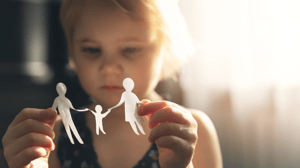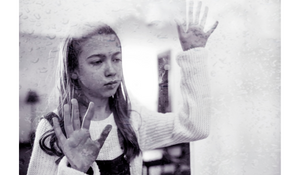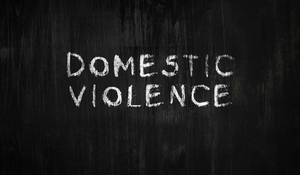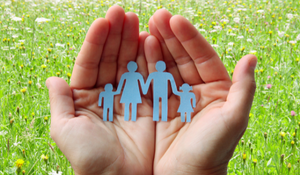Child and family case management plays a crucial role in ensuring the well-being and safety of vulnerable children and families. With the advancements in technology, leveraging cloud technology in the social sector has become increasingly prevalent in the field.
This article explores how child and family case management can harness the power of the cloud to enhance community service. By utilizing specialized software, such as child and family case management software or child welfare software, organizations can streamline processes, improve data management, enhance collaboration, and ultimately deliver more effective and efficient services to the community.











